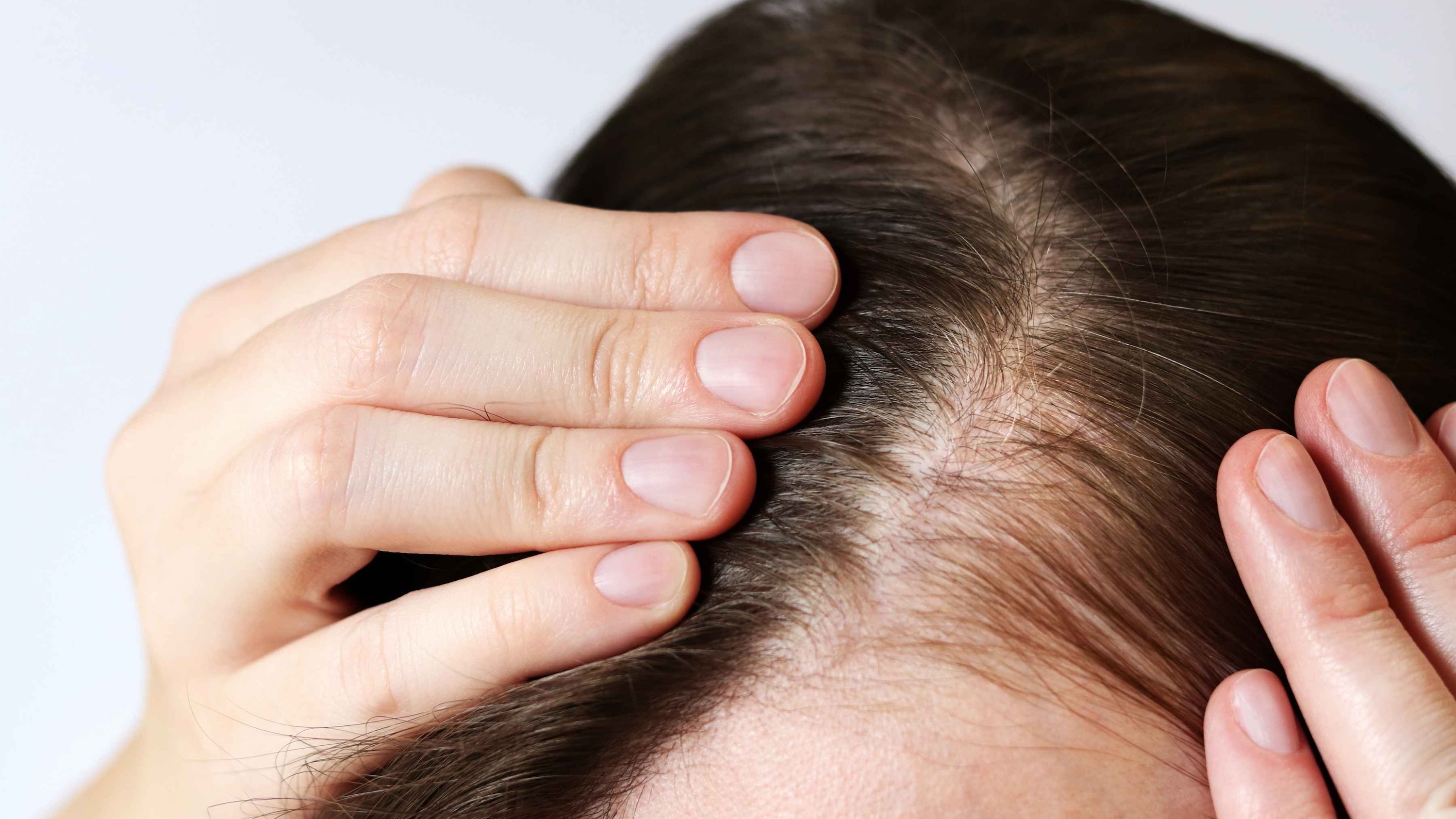Balding, or alopecia, is a common condition, which consists of the loss of hair from the head or body, and has a large negative impact on the person's self-esteem and confidence. While hair loss is a natural part of the hair growth cycle, excessive shedding that surpasses regrowth results in balding.
While there isn't one sureshot way to completely stop balding, experts advise that there are a few things you can do to slow it down and manage it effectively. To help you manage balding effectively, we reached out to the experts. Here's their best advice.
01What is Balding?
Balding, or alopecia, is the gradual loss of hair from the scalp or body. It occurs when hair shedding exceeds regrowth, leading to thinning or visible patches. Common causes include genetics, hormonal changes, stress, and poor nutrition. While it's natural to lose some hair daily, excessive hair loss may signal a deeper issue. If you're wondering how to stop hair fall, it's important to first identify the underlying cause and take appropriate steps, such as improving your diet, managing stress, or seeking medical advice.
02Types of Baldness
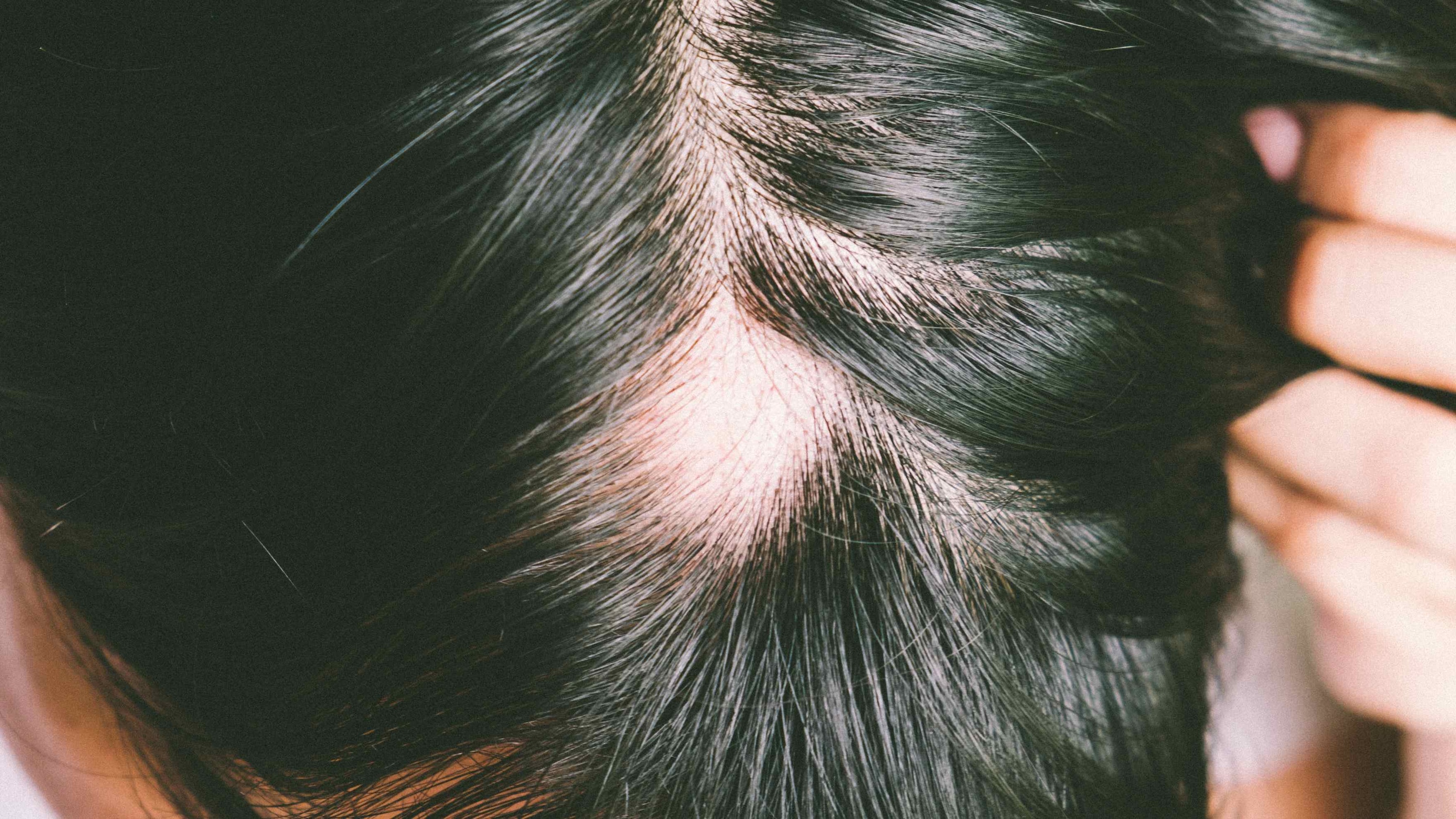
Androgenetic Alopecia: This a hereditary condition, which is a result of a genetic predisposition to hair follicle miniaturization in response to androgens (male hormones).
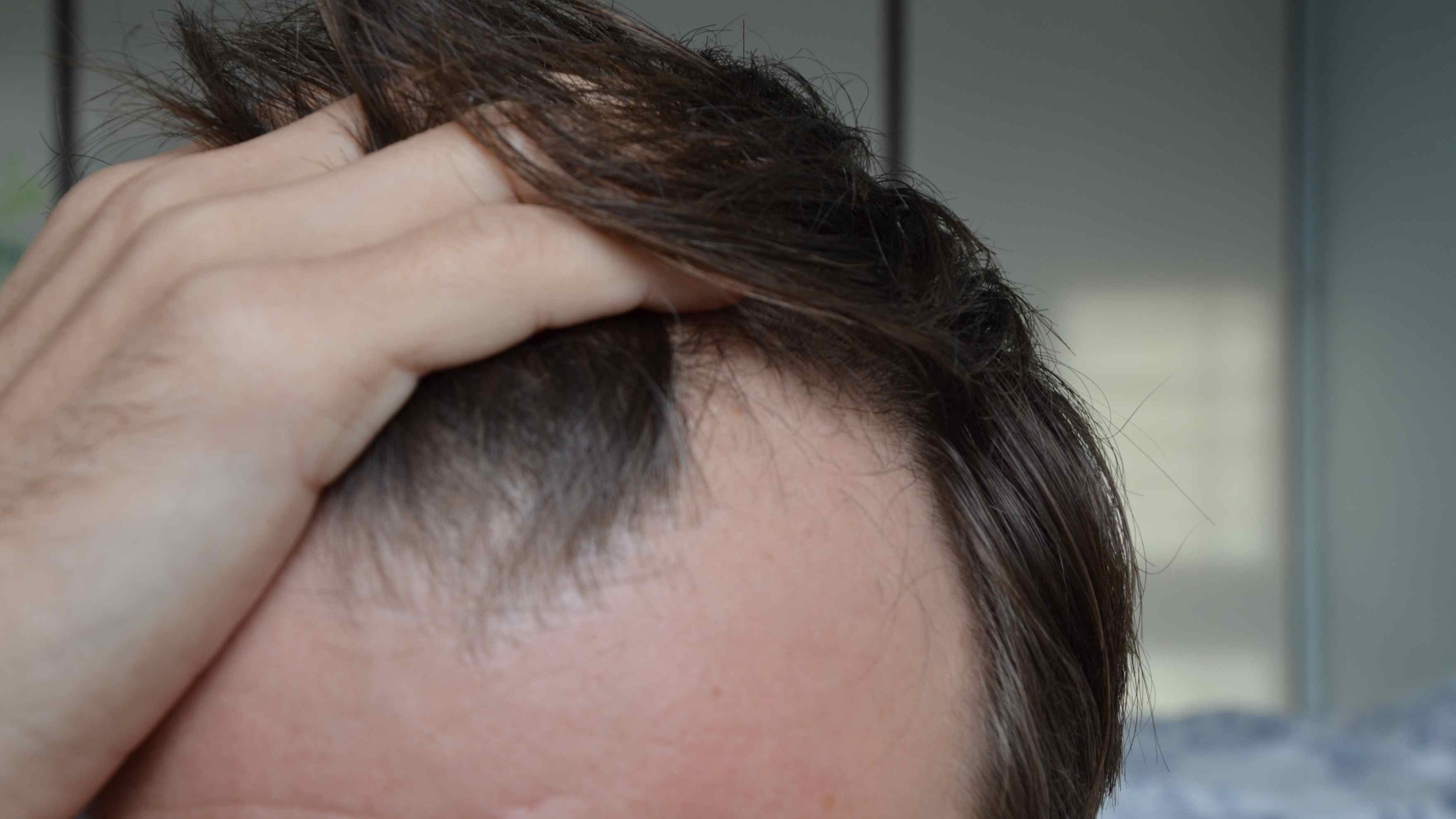
Telogen Effluvium: This type of baldness is often temporary and happens when a significant number of hair follicles enter the resting phase (telogen) prematurely.
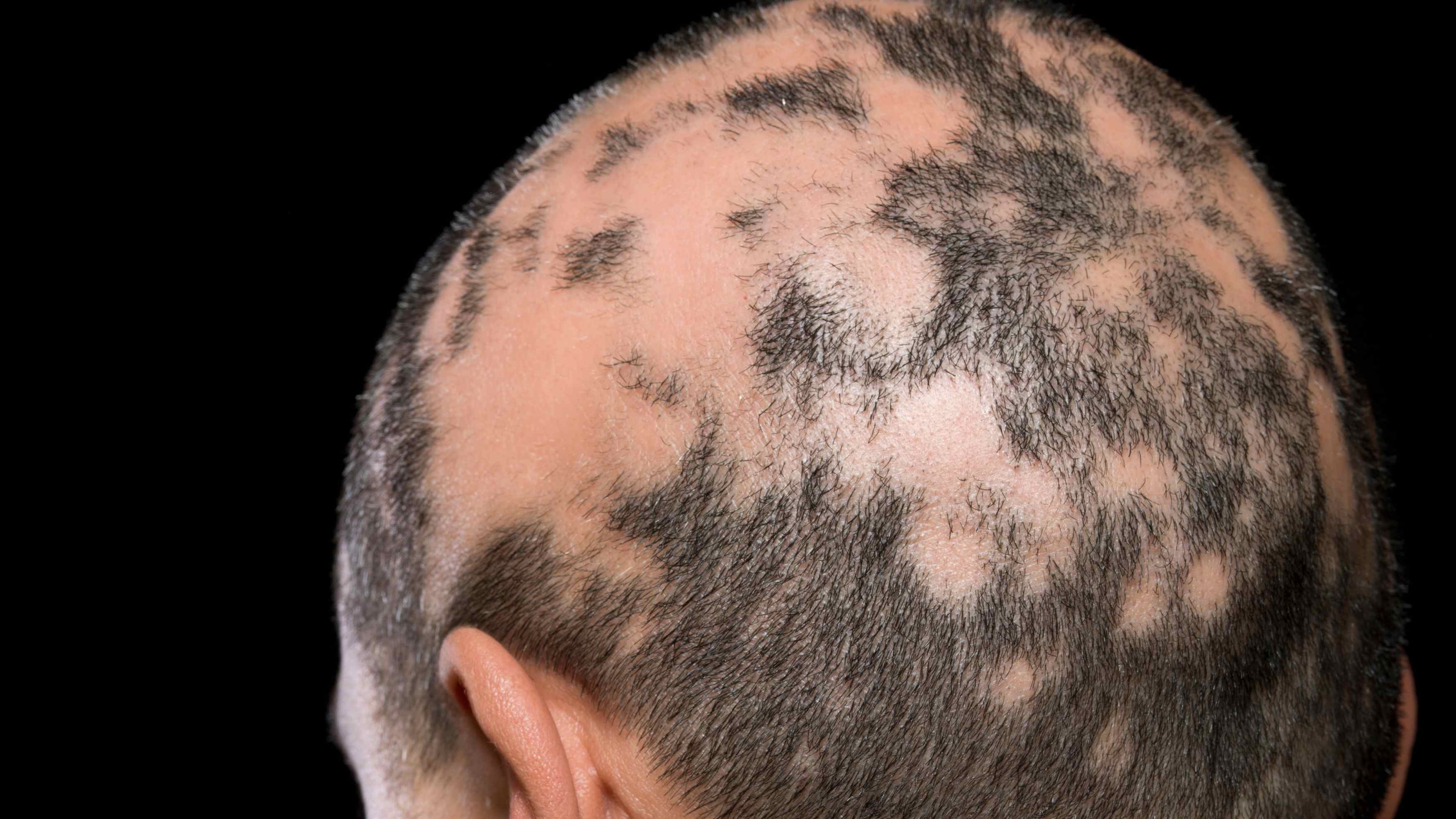
Alopecia Areata: This is an autoimmune disorder where the body's immune system mistakenly attacks hair follicles, leading to patchy hair loss.
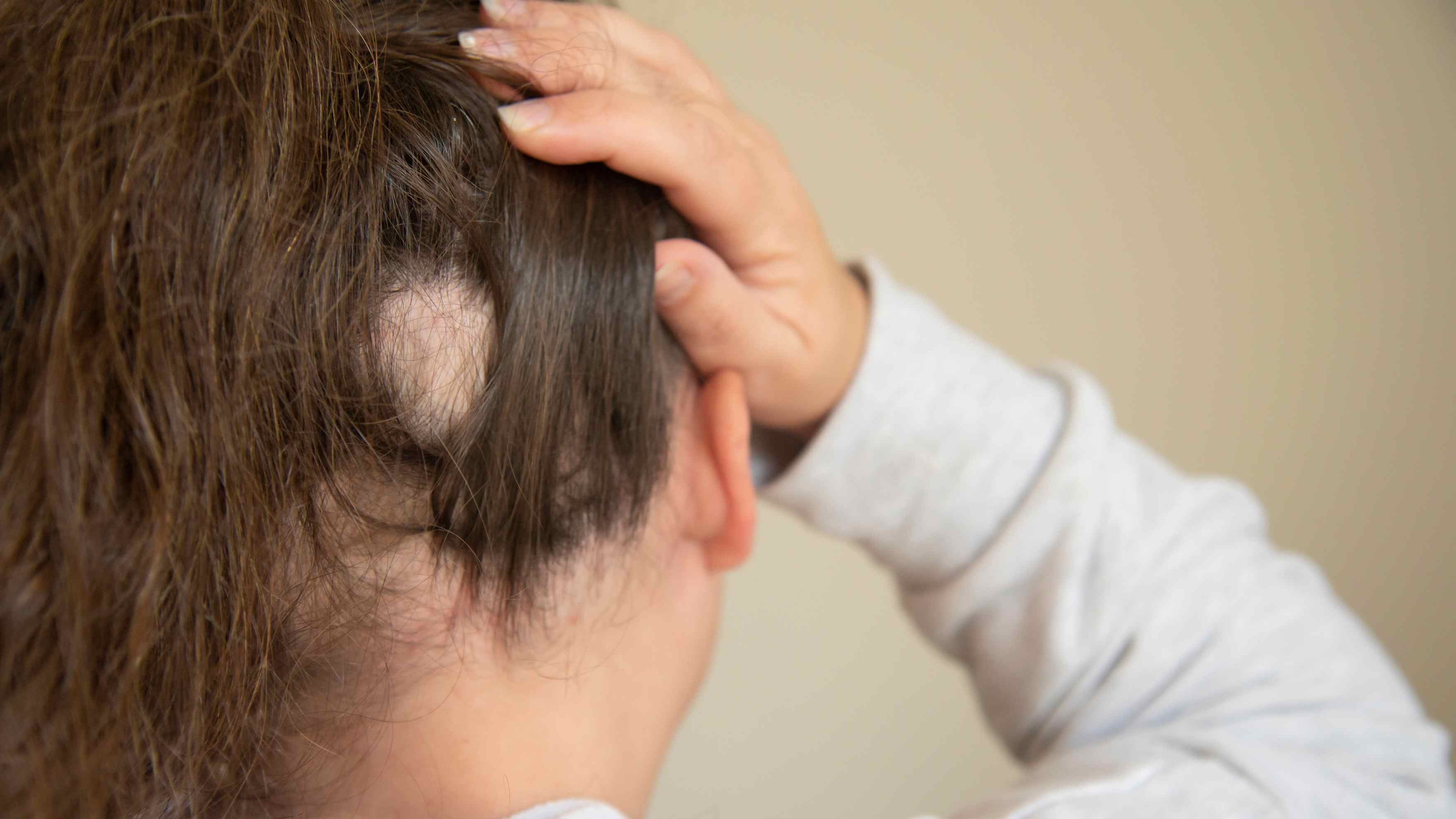
Scarring Alopecias: This is a group of inflammatory conditions, which destroy hair follicles, replacing them with scar tissue and causing permanent hair loss.
03Causes of Baldness
- Genetics
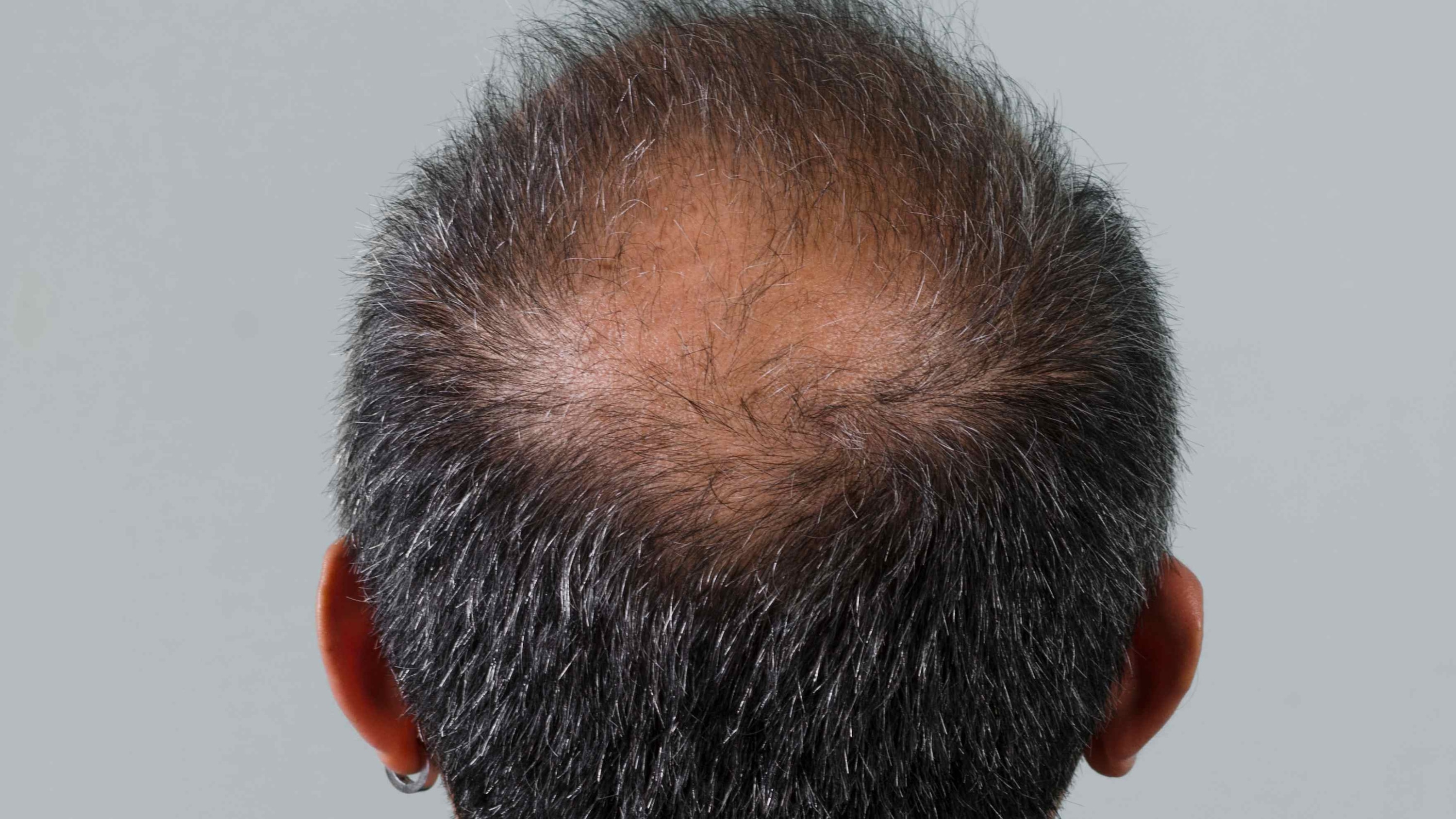
If your parents or grandparents had pattern baldness, you're more likely to experience androgenetic alopecia. Balding is often linked to genetics, with hereditary factors playing a major role in determining hair loss patterns. The hormone DHT (dihydrotestosterone) is primarily responsible, as it binds to androgen receptors in hair follicles, causing miniaturization and shortened growth cycles that eventually lead to thinning and hair loss.
- Hormonal Imbalance
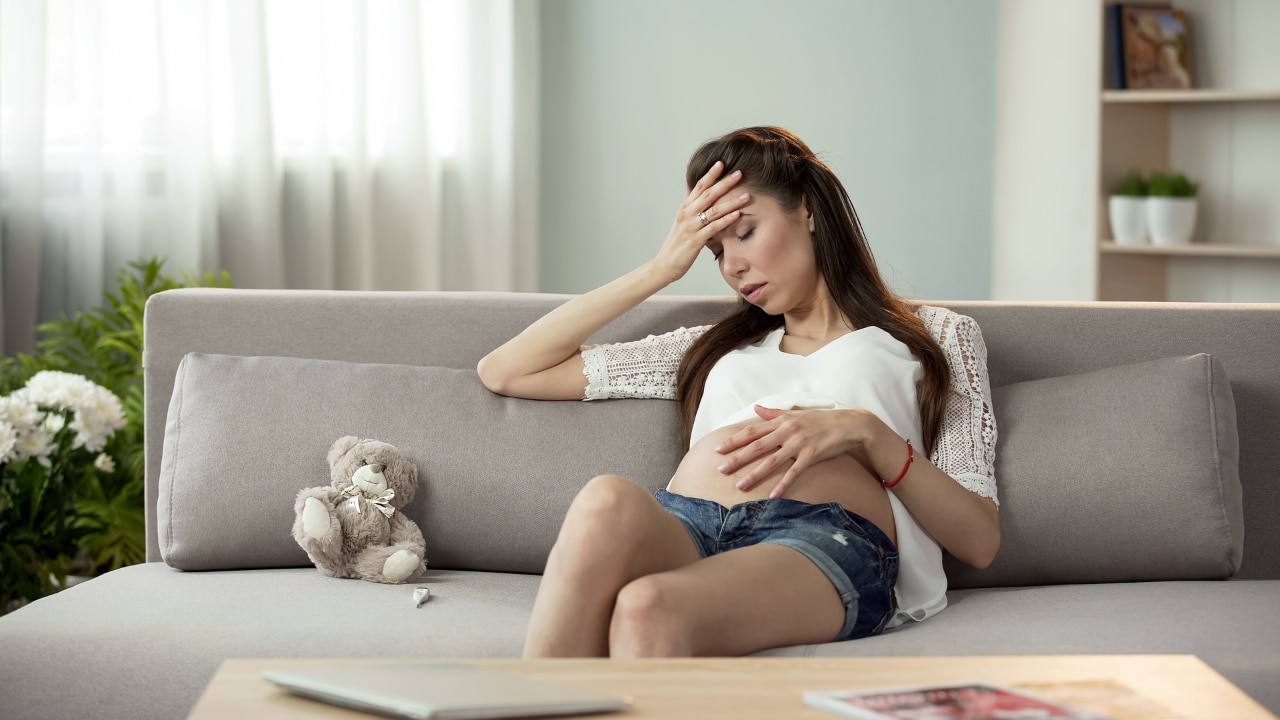
Changes in hormones—such as those during pregnancy, childbirth, or menopause—can result in temporary hair loss. Hormonal fluctuations affect the natural hair growth cycle, often leading to excessive shedding during these periods.
- Stress:
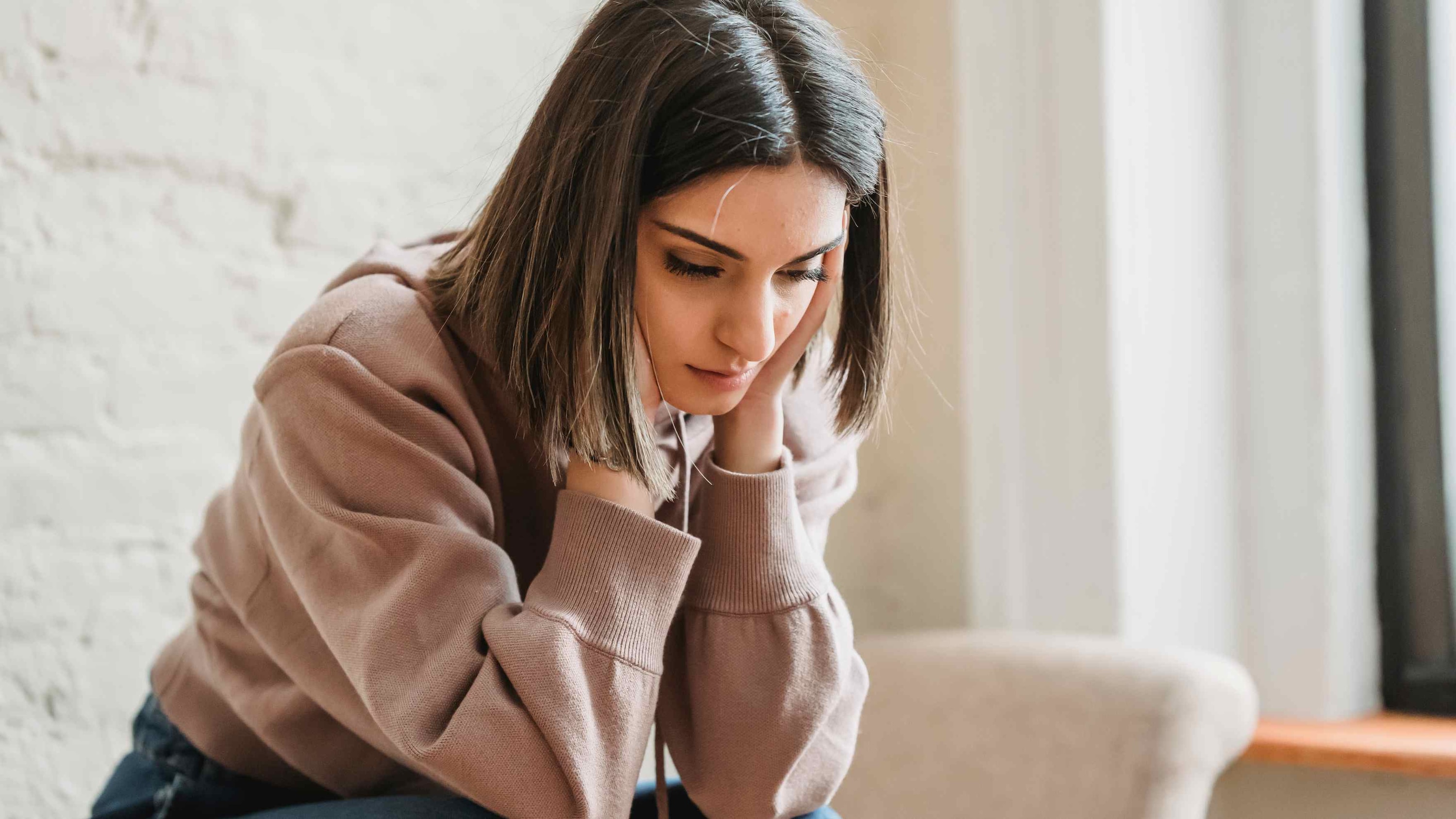
Extreme physical or emotional stress could result in telogen effluvium.
- Poor Diet:

A lack of nutrients such as iron, zinc, protein, and vitamins (particularly B vitamins and vitamin D) weakens hair follicles. "The most overlooked cause of balding is unchecked nutritional deficiency," adds Dr. Bindu Sthalekar, Celebrity Dermatologist, Trichologist, and Founder of Skin Smart Solutions. "Your hair is made of protein, iron, zinc, and vitamins, and if your body is running low, your hair is the first to show it. I always tell my patients: treat your scalp like soil, if it isn't nourished from within, no external treatment will truly work."
- Medical Conditions:
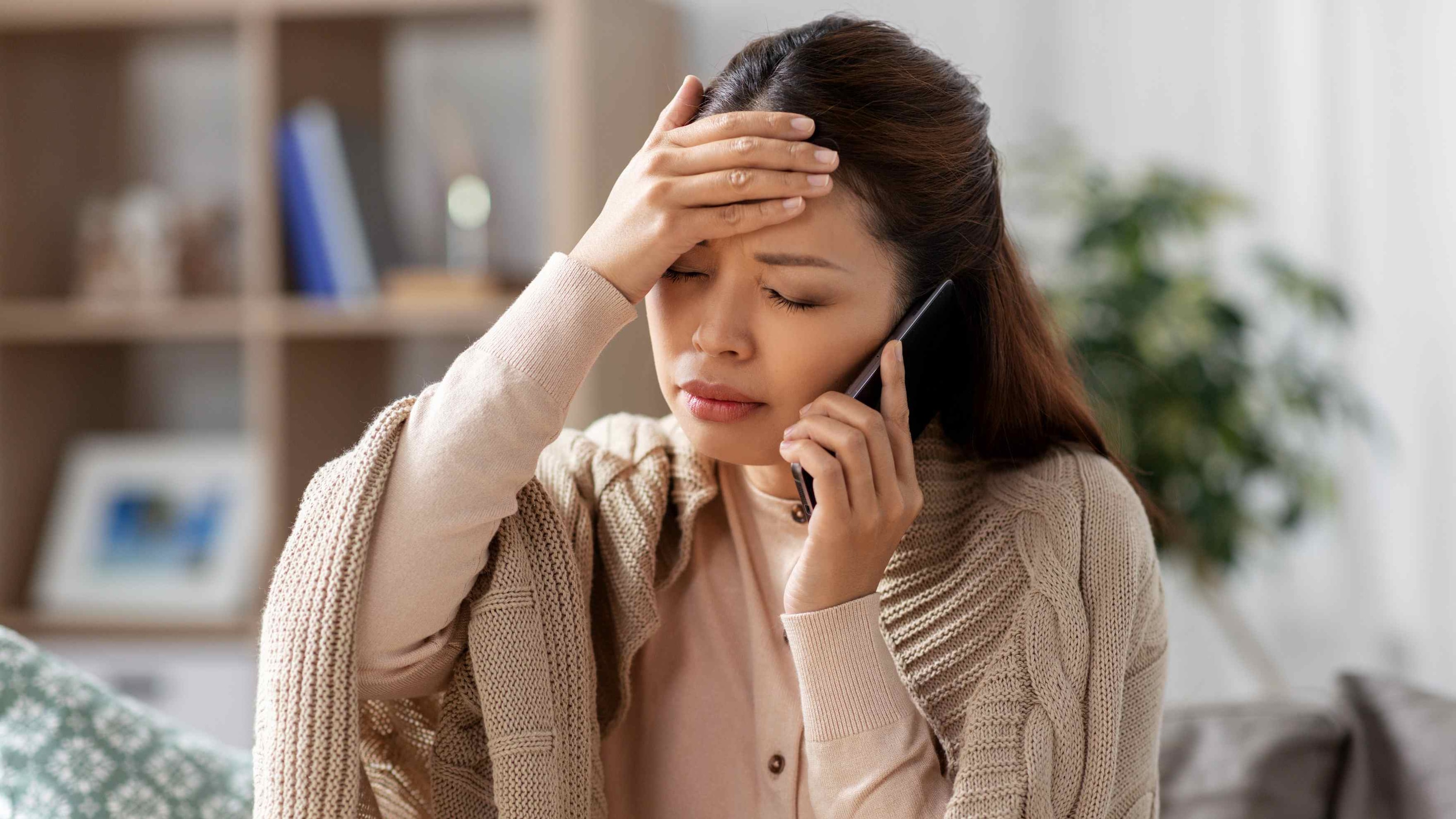
Autoimmune diseases, severe infections, or a high fever could result in temporary hair loss.
- Medications:
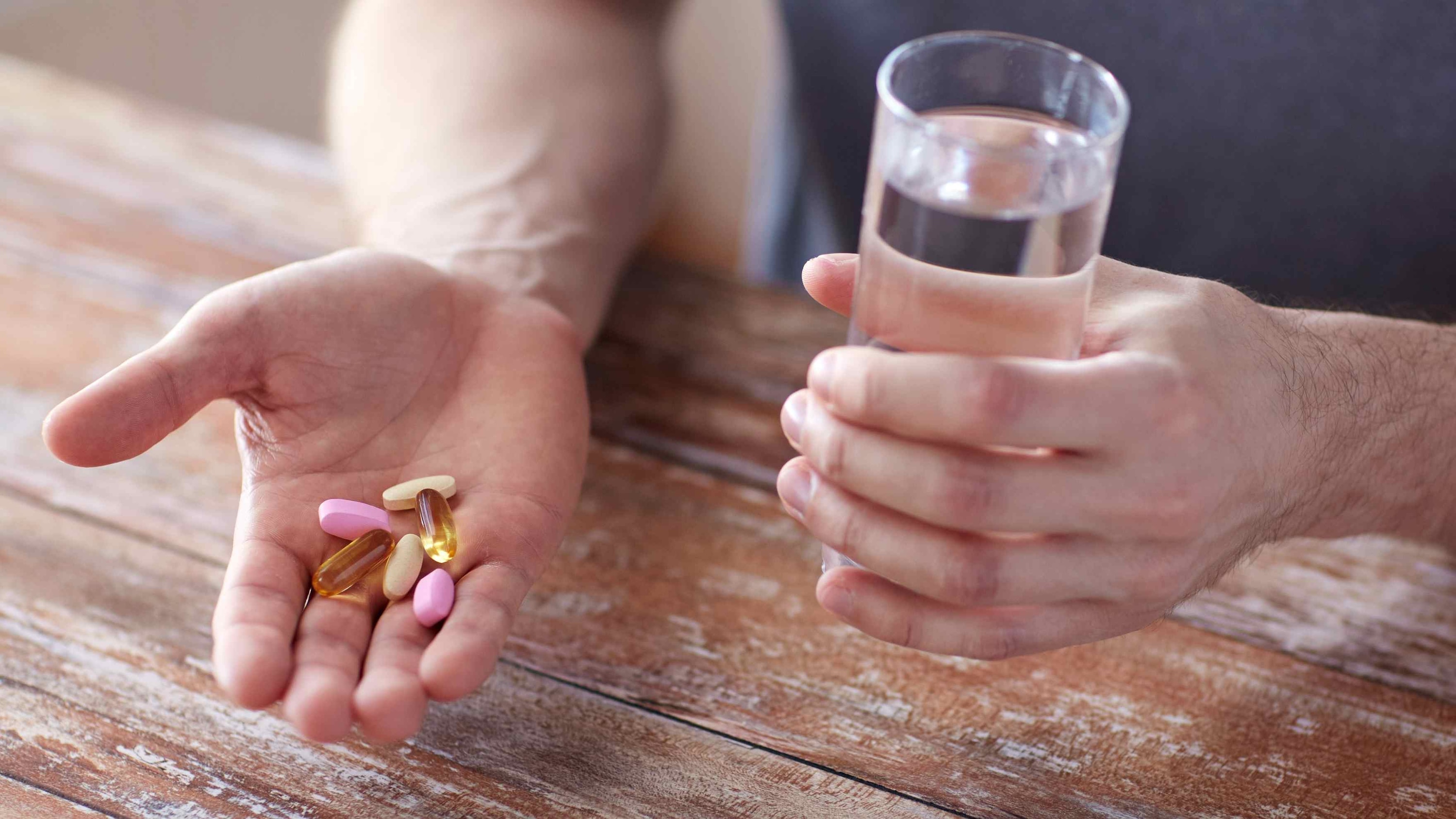
Some drugs, including those for cancer, arthritis, depression, and high blood pressure, could cause hair loss.
- Hairstyles and Treatments:
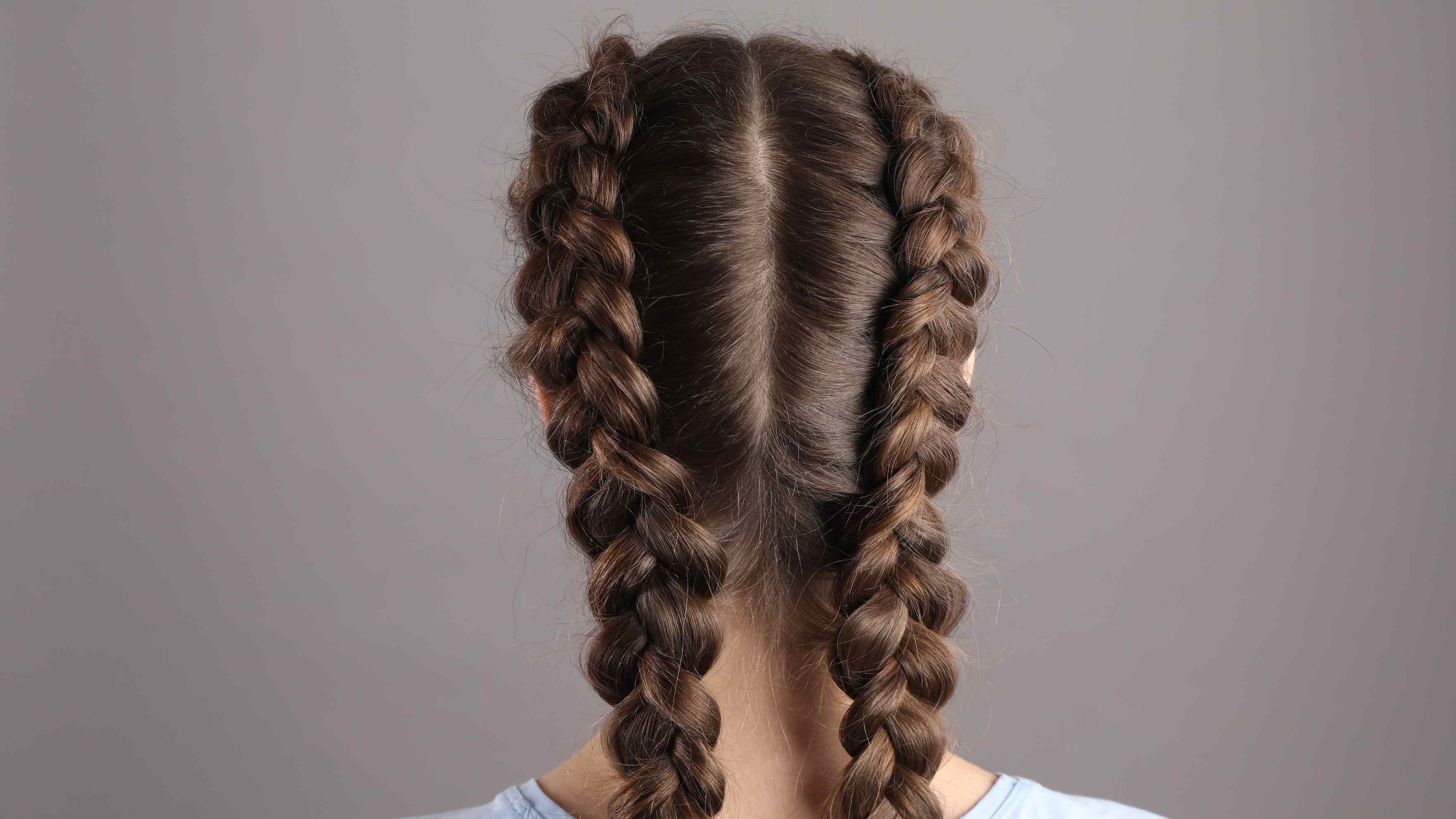
Tight hairstyles and harsh chemical treatments could possibly damage hair follicles.
04How to Stop Balding? Here’s an Expert-approved Guide
Scalp Care

- Gentle Cleansing: Utilise a mild, sulfate-free shampoo such as Indulekha Bringha Ayurvedic Shampoo or LBP Onion, Black Seed & Patchouli Hairfall Control Shampoo to avoid stripping natural oils from your scalp. Wash your hair regularly to keep follicles clear of product buildup and excess sebum, and use products like LBP Argan Oil & Lavender Hair Mask for extra care.
- Massage: Regularly massaging your scalp with oils like Indulekha Bringha Ayurvedic Oil increases blood flow to the hair follicles, which could stimulate hair growth.
Diet

- Protein-rich Foods: Have a balanced diet rich in lean meats, eggs, fish, and legumes.
- Iron and Zinc: Eat foods like spinach, lentils, pumpkin seeds, and red meat.
- Vitamins: Ensure that you are getting vitamin B, C, D, and E through foods such as citrus fruits, nuts, seeds, and leafy greens.
Lifestyle Changes

- Manage Stress: Practice stress-reduction practices like meditation, yoga and exercise regularly.
"Balding usually happens because of genetics, hormonal changes, stress, or poor lifestyle habits. The good thing is that it can be managed if treated early. Eating healthy food, reducing stress, and taking good care of your scalp are simple ways to prevent it. If hair loss is already visible, treatments like medicines, PRP therapy, or even hair transplants can help. It's always best to see a dermatologist early so the problem doesn't progress," mentions Dr. Gagan Raina, Cosmetologist and Aesthetic Medicine Specialist at Arisia Skin Clinic.
05Treatment of Baldness
Hair Transplants
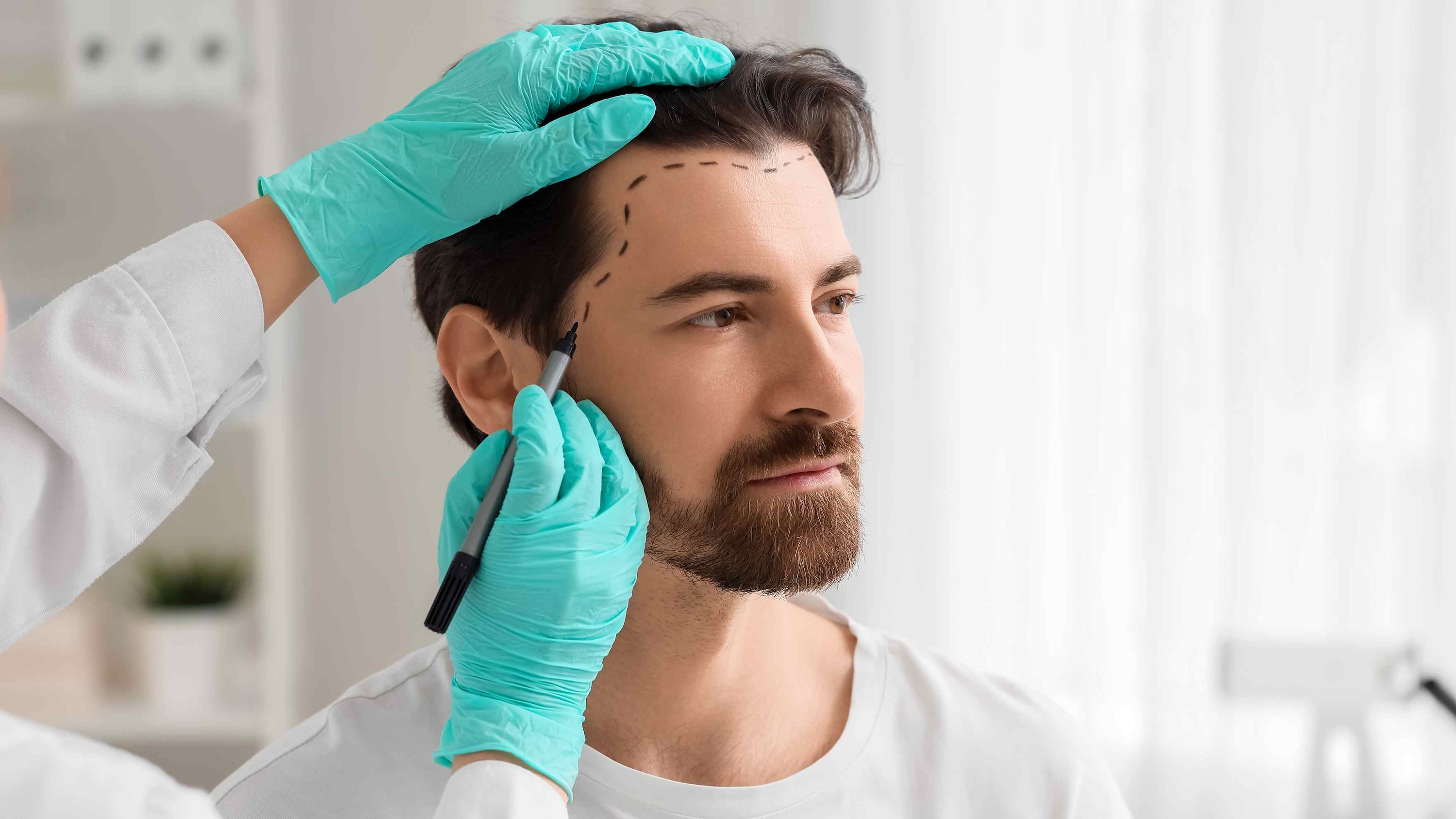
- Follicular Unit Transplantation (FUT): A doctor removes a strip of skin from the back of the scalp and harvests single hair follicles to be transplanted to the affected areas.
- Follicular Unit Extraction (FUE): Single hair follicles are extracted directly from the donor area and then transplanted. This method is less invasive and results in minimal scarring.
Platelet-Rich Plasma (PRP) Therapy
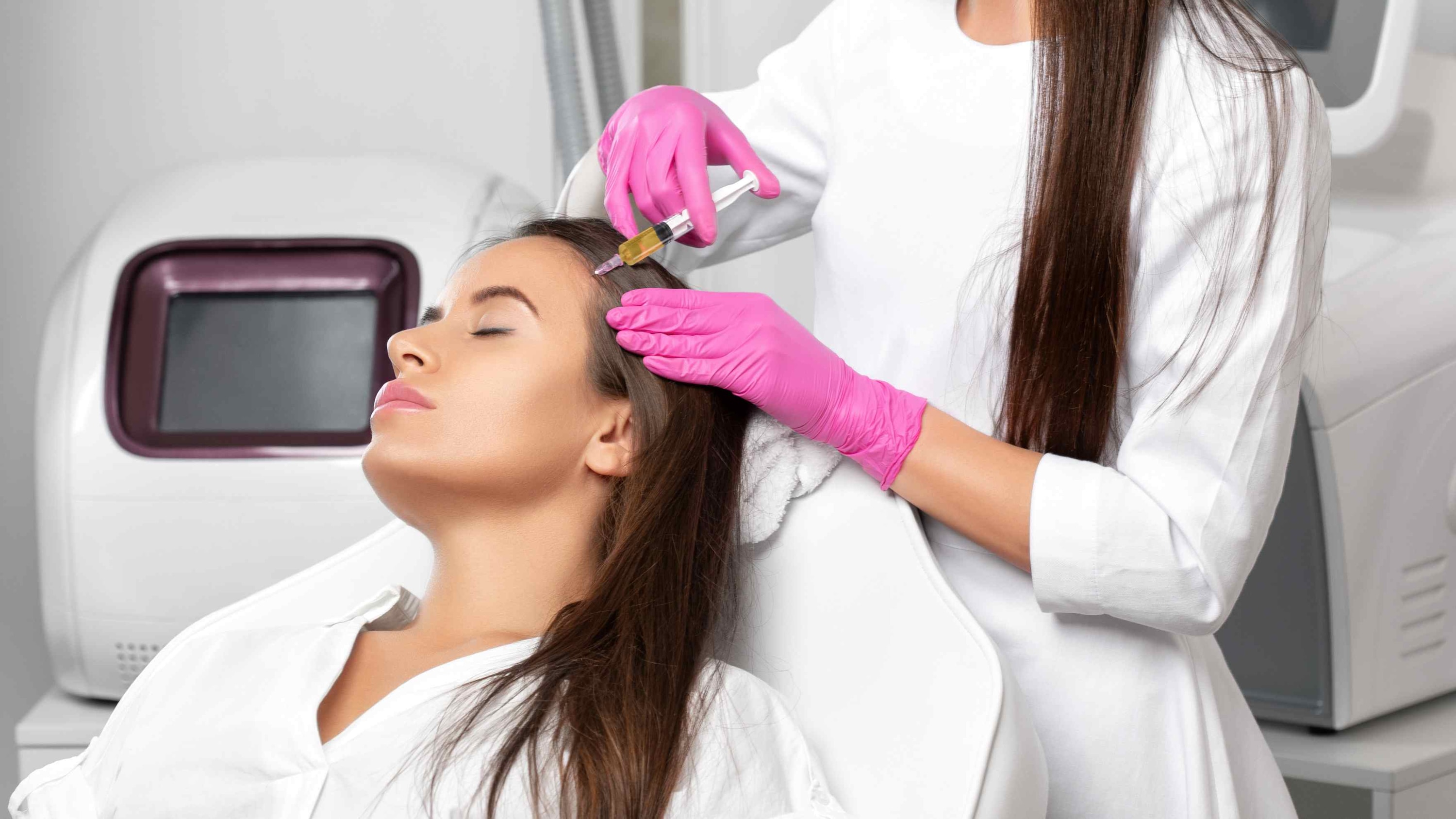
PRP Therapy involves extracting a small amount of blood, processing it to concentrate the platelets (which are rich in growth factors), and then injecting the PRP into the scalp. "PRP therapy is a minimally invasive procedure with positive results," declares Dr. Nirupama Parwanda, Dermatologist and Founder of Zolie Skin Clinic. "Growth factors found in platelets encourage dormant hair follicles, gradually increasing their thickness and density. Results may differ according to the stage of hair loss, and many sessions are typically needed."
06How to Stop Balding Naturally with Home Remedies
- Coconut Oil:

Rich in fatty acids, coconut oil penetrates the hair shaft and minimises protein loss.
- Aloe Vera:

It soothes the scalp and helps minimise inflammation.
- Onion Juice:

The sulfur content in onion juice improves circulation to the scalp.
- Herbal Masks:
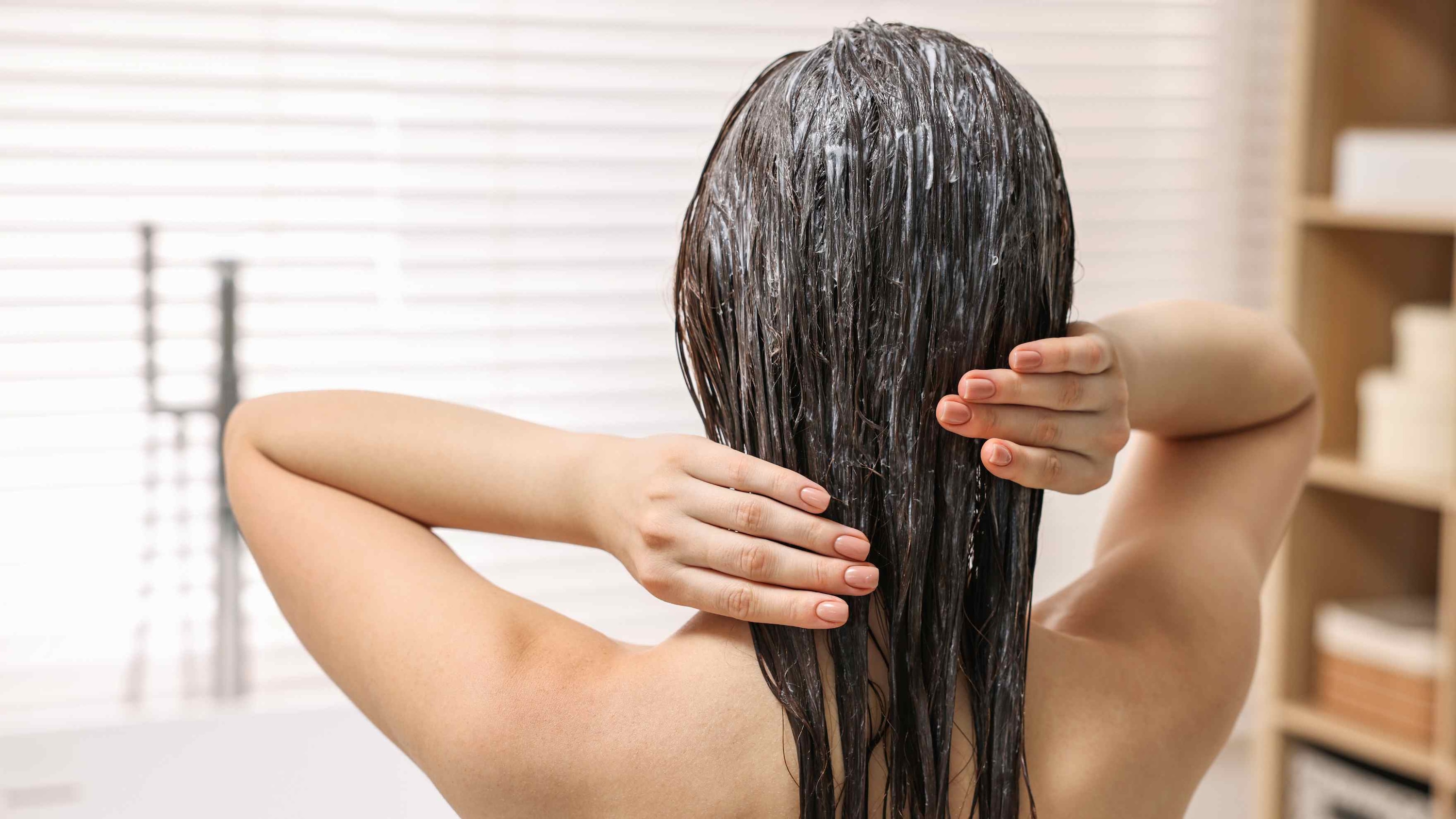
- Masks made from ingredients such as fenugreek seeds or hibiscus strengthen hair and encourage growth.
07Lifestyle Tips
- Healthy Diet:

Focus on eating a balanced diet rich in vitamins and minerals to support hair health.
- Stress Management:

Chronic stress triggers hair loss. Therefore, participate in activities that help you unwind.
Therefore, managing balding is a nuanced issue, but early intervention and a proactive approach can make a big difference. "Balding is a common concern that affects both men and women, often leading to stress and lowered confidence. While genetics play a strong role, lifestyle, nutrition, and health conditions can also speed up hair loss. The good news? Early intervention can help slow or even reverse the process," says Kamna Bhandari, Nutritionist and Co-founder of Intermittent Fasting and Mindful Living. "Balding can feel overwhelming, but with the right mix of medical help, nutrition, and lifestyle support, hair loss can be slowed down or managed effectively. The key is to act early and stay consistent."
08FAQs on Effectively Managing Balding
Q: Is it possible to completely regrow hair that's been lost?
A: It depends on the cause. For conditions such as telogen effluvium, hair often regrows fully. For androgenetic alopecia, medication and transplants could restore a large amount of hair, but they typically cannot bring back every individual follicle.
Q: How do I know if my hair loss is normal or a sign of a balding problem?
A: It's completely normal to lose about 50-100 hairs a day. If you notice a greater increase in shedding, or develop noticeable bald spots, it's best to consult an expert for personalised advice and treatment.

